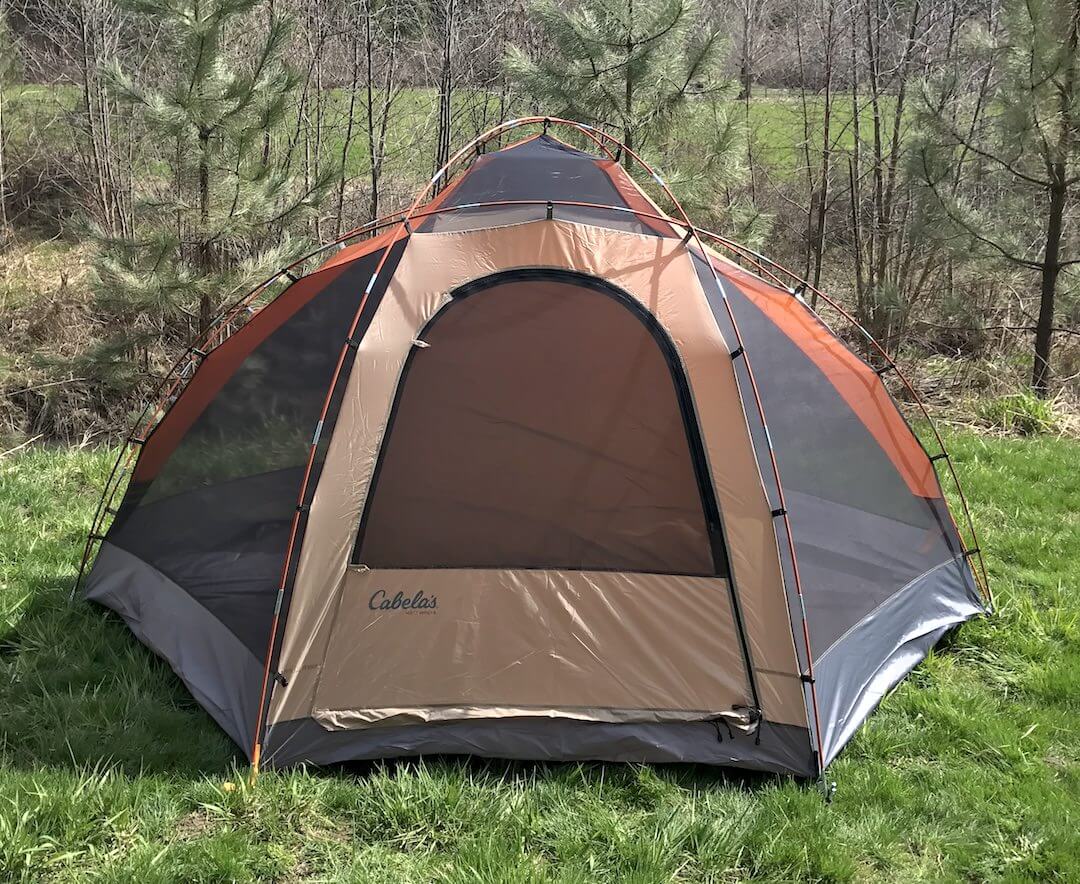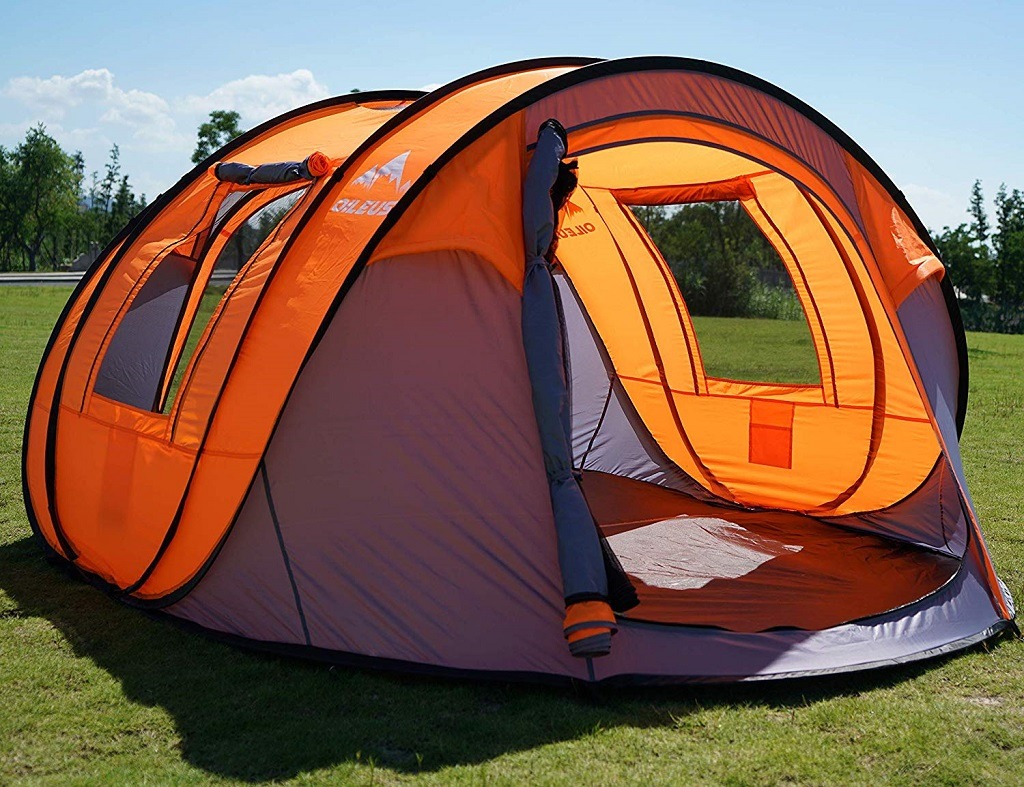Introduction to the Invention of Tents
A. Overview of Tents as Portable Shelters

Tents are portable shelters that have been used by humans for thousands of years. They consist of a flexible fabric or material stretched over a frame or poles to create a temporary dwelling. Tents are designed to be easily assembled, disassembled, and transported, making them popular for camping, outdoor activities, and temporary shelter needs.
B. Importance of Tents in Human History
Tents have played a significant role in human history, providing shelter and protection in various contexts. Here are some reasons why tents have been important throughout history:
- Nomadic Lifestyle: Tents have been crucial for people with nomadic or semi-nomadic lifestyles, such as nomadic tribes or herders. These portable shelters allowed them to move easily as they followed their livestock or migrated in search of resources.
- Military and Warfare: Tents have been a vital part of military campaigns throughout history. They provided soldiers with temporary shelter and protection on the battlefield or during long marches. Tents also served as command posts, field hospitals, and living quarters for military personnel.
- Exploration and Expeditions: Tents were essential for explorers, adventurers, and expeditions. They offered a home away from home during long journeys, providing shelter from harsh weather conditions and serving as a basecamp for rest and resupply.
- Trade and Commerce: Tents played a role in trade and commerce, especially in ancient times. They served as temporary market stalls or merchant quarters during trade fairs, allowing traders to set up and display their goods.
- Recreational Camping: Tents have become synonymous with recreational camping and outdoor activities. They offer a convenient and comfortable way to enjoy nature, providing shelter, privacy, and a sense of security while camping or hiking.
- Disaster Relief and Emergency Situations: Tents are widely used in disaster relief efforts and emergency situations. They provide temporary housing for displaced populations, refugees, and victims of natural disasters, offering a measure of safety and protection during challenging times.

Early Forms of Tents in Ancient Civilizations
A. Animal Hide and Cloth Structures
- Early Prototypes of Portable Shelters: The earliest forms of tents can be traced back to prehistoric times when ancient societies used animal hides and cloths to create rudimentary portable shelters. These structures provided protection from the elements and served as temporary dwellings for nomadic communities.
- Nomadic and Hunter-Gatherer Societies: Nomadic and hunter-gatherer societies relied heavily on tents as they moved from place to place in search of food and resources. These early tents were constructed using natural materials such as animal skins, woven grass, or branches.
B. Tents in Ancient Mesopotamia and Egypt
- Tents as Mobile Dwellings and Military Encampments: Ancient civilizations like Mesopotamia and Egypt utilized tents extensively. In Mesopotamia, tents were used as mobile dwellings and temporary shelters for the nomadic tribes. In Egypt, tents served as military encampments during campaigns, providing soldiers with shelter and a sense of home while away.
- Cultural Significance and Symbolism: Tents held cultural significance and symbolism in these ancient civilizations. In Mesopotamia, tents were associated with the gods and played a role in religious ceremonies. In Egypt, the tent of the pharaoh symbolized power and authority.
Tents in Military and Exploration Contexts
A. Roman Military Tents
- Tactical Advantages and Field Operations: The Roman army made extensive use of tents during military campaigns. Their tents were specifically designed to be easily transported and quickly assembled, providing tactical advantages and flexibility on the battlefield. These tents served as command centers, barracks, and storage spaces.
- Portable Encampments and Soldier Comfort: Roman military tents offered soldiers a degree of comfort and security during prolonged campaigns. They were constructed with durability and practicality in mind, with features like sturdy poles, waterproof materials, and efficient ventilation systems.
B. Tents in Exploration and Colonization
- Expeditions and Discoveries in New Lands: Tents played a crucial role in the exploration and colonization of new lands. Explorers and settlers relied on tents as they ventured into unfamiliar environments, providing them with temporary shelter and protection.
- Tents as Temporary Shelters in Unfamiliar Environments: Tents allowed explorers to establish temporary campsites while they navigated through unexplored territories. They provided a familiar and secure space amidst unknown surroundings, enabling expeditions to continue their journeys and make significant discoveries.
Modern Developments and Technological Innovations

A. Industrial Revolution and Tent Manufacturing
- Mass Production and Improved Materials: The Industrial Revolution revolutionized tent manufacturing by introducing mass production techniques and improved materials. Mechanized processes allowed for faster and more efficient production, while advancements in textile technology led to the use of stronger, lighter, and more durable materials such as canvas, nylon, and polyester.
- Increased Accessibility and Popularity: The industrial advancements made tents more accessible to the general population, leading to an increase in their popularity. Tents became more affordable and readily available, allowing more people to partake in outdoor activities and enjoy the benefits of camping.
B. Modern Camping Tents
- Lightweight and Easy-to-Setup Designs: Modern camping tents have embraced lightweight and easy-to-setup designs. Innovations like freestanding structures, color-coded poles, and quick-clip attachments have made pitching tents quicker and more convenient. Additionally, the use of lightweight materials and streamlined designs has reduced the overall weight of tents, making them easier to carry during outdoor adventures.
- Advancements in Waterproofing and Ventilation: Waterproof coatings, seam sealing technologies, and improved tent designs have enhanced the waterproofing capabilities of modern tents. Ventilation features such as mesh panels, adjustable vents, and rainfly options have improved airflow and reduced condensation inside the tent, ensuring a more comfortable camping experience.
Contemporary Uses and Future Trends

A. Recreational Camping and Outdoor Adventures
- Camping as a Popular Leisure Activity: Recreational camping has become a popular leisure activity worldwide. More people are embracing the outdoors, seeking adventure, relaxation, and connection with nature. Tents serve as a key component in providing comfortable and convenient shelter during these outdoor adventures.
- Diverse Designs and Customizable Features: Modern tents offer a wide range of designs and customizable features to cater to different camping preferences. Family tents, backpacking tents, and specialized tents for extreme weather conditions or specific activities are available. Tents now come with features like multiple rooms, vestibules, built-in lighting systems, and storage pockets, providing campers with personalized and comfortable spaces.
B. Innovative Tent Technologies
- Sustainable Materials and Energy Efficiency: There is a growing emphasis on sustainable and eco-friendly tent manufacturing. Companies are exploring the use of recycled and biodegradable materials, as well as incorporating energy-efficient features like solar-powered lighting systems and sustainable insulation materials.
- Integration of Smart Features and Functionality: The integration of smart technologies into tents is an emerging trend. This includes features like built-in power outlets, USB charging ports, temperature and humidity sensors, and smartphone connectivity. These advancements enhance convenience, connectivity, and safety for campers.
The invention and continued use of tents have had a profound impact on human civilization. They have provided shelter, facilitated exploration, and supported various aspects of human life throughout history. Today, tents remain a versatile and integral part of our outdoor experiences, combining functionality, portability, and comfort.
